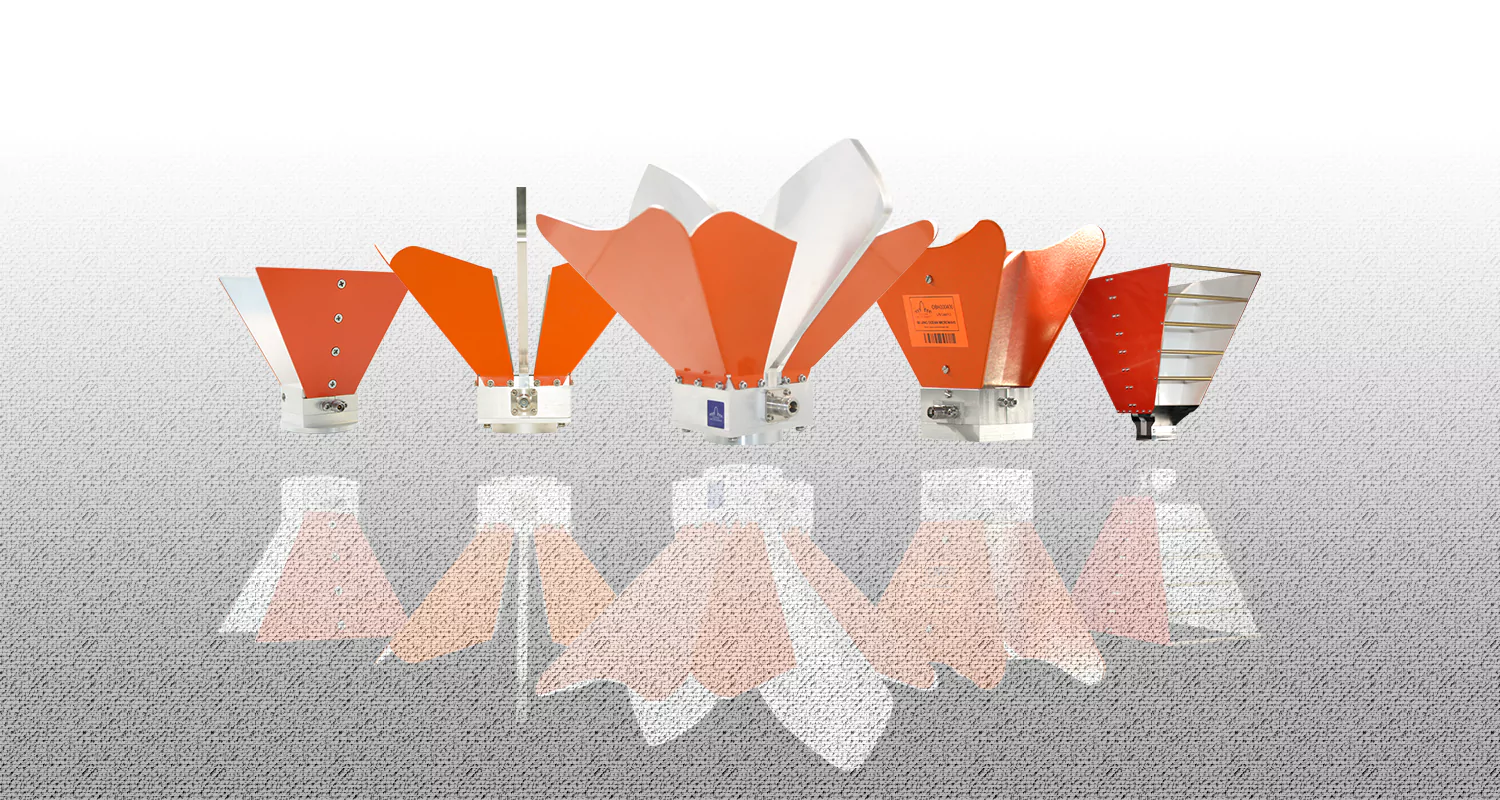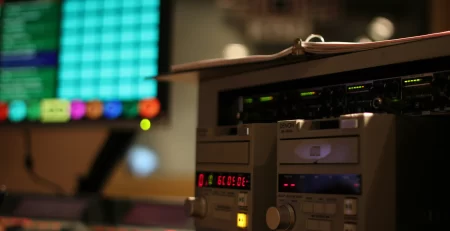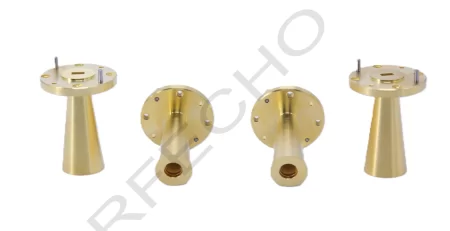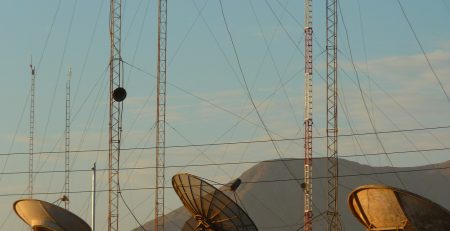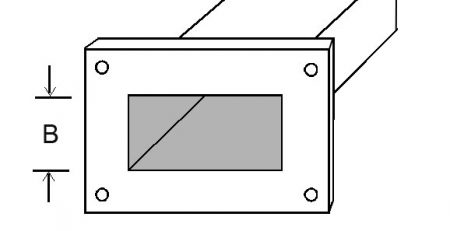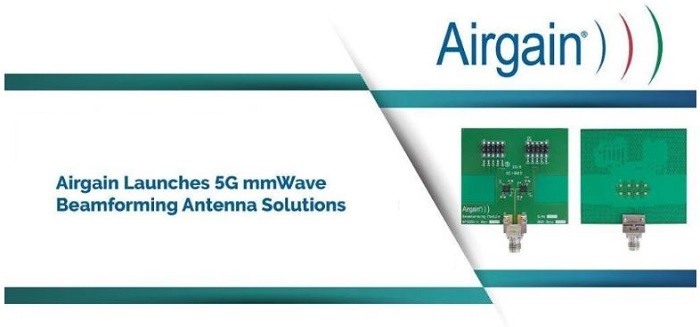Understanding Bias Tee in SDR A Comprehensive Guide
 Unveiling the Concept of Bias Tee
Unveiling the Concept of Bias Tee
Introduction to Bias Tee
In the realm of electronics, a Bias Tee serves as a pivotal element for merging the functions of DC bias and RF signals within a single pathway. This adaptable device enables the amalgamation or segregation of alternating current (AC) radio frequency (RF) signals and direct current (DC) power. Its fundamental purpose is to guarantee that both types of signals can concurrently traverse through a circuit without causing any interference. Bias Tees find extensive usage in numerous applications, such as amplifiers, modulators, and RF mixers, where it is crucial to manage and separate DC and RF components effectively while preserving signal integrity.
Historical Evolution and Usage
Historically, the Bias Tee has evolved significantly since its inception. Early designs were relatively simple, consisting of basic components that provided limited functionality and performance. Over time, advancements in technology have led to the development of Bias Tees with more sophisticated designs and enhanced capabilities. Today, modern Bias Tees are built with precise engineering to meet the demands of complex circuit systems. They find extensive use in areas such as satellite communications, radar systems, and other RF applications where it is imperative to handle both DC power and RF signals efficiently.
Decoding Software-Defined Radio (SDR)
The Fundamentals of SDR
Software-Defined Radio (SDR) represents a transformative approach to radio communication systems. Unlike traditional radios that rely on hardware components to process signals, SDR utilizes software for signal processing tasks. This flexibility allows for the reconfiguration of radio functionalities via software updates without necessitating hardware changes. The core of an SDR system comprises a computer and a radio front end, which converts analog signals into digital data. This digital approach enables enhanced signal processing, modulation, and demodulation techniques, providing greater versatility and adaptability in communication systems.
Evolution of SDR Technology
The evolution of SDR technology is marked by significant milestones, from its initial conceptualization to the sophisticated systems available today. Early versions of SDR were primarily used for military and research purposes due to their high cost and complexity. With advances in digital signal processing (DSP) and reductions in the cost of computing power, SDR has become more accessible to commercial and amateur applications. Modern SDR systems now offer high performance, capable of handling a wide range of frequencies and modulation schemes, making them indispensable in fields such as telecommunications, broadcasting, and scientific research.
The Intersection of Bias Tee and SDR
How Bias Tee Works in SDR Systems
The integration of a Bias Tee in SDR systems is crucial for maintaining seamless communication between various circuit components. In SDR applications, a Bias Tee enables the concurrent transmission of DC power and RF signals along a shared path. This is essential for supplying power to active components such as Low Noise Amplifiers (LNAs) and RF mixers, which need DC power to function while processing RF signals. The Bias Tee ensures that the DC power supply remains isolated from the RF signal path, thus preventing any distortion or attenuation that could impair signal quality. By merging both DC and RF on a single line, the Bias Tee streamlines circuit design and enhances overall system efficiency.
Why Bias Tee is Critical for Integrating SDR Components
The importance of the Bias Tee in integrating SDR components cannot be overstated. Without a Bias Tee, the separation and management of DC power and RF signals would necessitate additional circuitry, leading to increased complexity and potential signal degradation. The Bias Tee provides a streamlined solution, enabling RF devices to operate at peak performance while simultaneously receiving the necessary DC bias. This is particularly important in applications such as remote sensing, telemetry, and satellite communications, where the integrity and efficiency of signal transmission are paramount. By offering a reliable means of combining and isolating signals, the Bias Tee plays a pivotal role in the effective functioning of modern SDR systems.
Technical Specifications and Design of Bias Tee
Key Components and Construction
Understanding the technical specifications and design of a Bias Tee is crucial for its effective application in electronic circuits. A Bias Tee typically consists of three main components: an inductor, a capacitor, and a resistor, each serving a specific function to achieve the desired signal control.
Inductor Role and Design
The inductor in a Bias Tee is responsible for providing a high impedance path to the RF signals while allowing DC currents to pass unimpeded. This ensures that the RF signals are effectively blocked from the DC path, preventing any interference between the two. The design of the inductor is critical, as it must be capable of handling the required DC current without significant loss while maintaining the integrity of the RF signals.
Capacitor Considerations
In a Bias Tee, the capacitor performs the opposite role of the inductor; it offers a low impedance route for RF signals while preventing DC current from passing through. This separation is crucial to ensure that the DC bias does not disrupt the RF signal transmission. The choice of the capacitor depends on its capacity to manage the frequency range of the RF signals without causing any loss or distortion.
Resistor Application
While the resistor in a Bias Tee may seem less critical than the inductor or capacitor, it plays an essential role in stabilizing the circuit. It helps to control the current flow and provides a stable DC bias to the active components. The resistor’s value must be carefully selected to match the requirements of the specific application, ensuring that the Bias Tee operates efficiently and effectively.
RFecho
With a specialization in frequencies ranging from low frequencies up to THz frequencies, RFecho offers a wide range of innovative solutions to meet the diverse needs of its customers.
RFecho’s expertise lies in the design of various types of antennas, including standard gain horns, reflector antennas, CATR feeds, antenna arrays, corrugated horns, ridged horns, near field probes, planar antennas, and microwave frequency band antennas. Their capabilities also extend to the design of orthogonal mode couplers, polarizers, rotary joints, polarization duplexers, duplexers, angle trackers, and custom solutions. This comprehensive range of antenna designs ensures that RFecho can cater to a wide range of applications in fields such as remote control, telemetry, electronic countermeasures, electronic reconnaissance, data communications, satellite positioning, and radar.
One of RFecho’s standout products is their Bias Tee. This versatile component is used in electronic circuits to either combine or separate DC bias currents and RF signals. Designed with precision and reliability, RFecho’s Bias Tee ensures optimal performance across various applications. It facilitates the simultaneous transmission of DC power and RF signals, making it particularly suitable for use in RF amplifiers, mixers, and modulators.
RFecho has established strong partnerships with renowned institutions and companies worldwide, including Cambridge University, Oxford University, Harvard University, Tsinghua University, Peking University, Facebook, Google, and the China Metrology Institute. These collaborations highlight RFecho’s outstanding innovation capabilities and position them as a key partner in the industry. With a dedicated and experienced team, RFecho has also become a prominent distributor for many global RF companies.
 Practical Applications of Bias Tee in Modern SDRs
Practical Applications of Bias Tee in Modern SDRs
Enhancing Signal Quality and Reception
Implementing a Bias Tee in modern Software-Defined Radios (SDRs) significantly enhances signal quality and reception. By efficiently combining DC power and RF signals onto a single path, the Bias Tee maintains signal integrity, which is crucial for clear and uninterrupted communication. This functionality is particularly advantageous in applications where signal clarity is of paramount importance, such as in telecommunications and broadcasting. The Bias Tee mitigates potential signal attenuation and distortion caused by the direct introduction of DC bias into the RF path, ensuring that both components operate optimally without mutual interference.
Remote Power Supply to Active Antennas
The Bias Tee plays a vital role in providing remote power supply to active antennas used in SDR setups. Active antennas, which incorporate internal amplifiers to boost signal strength, require DC power to function. A Bias Tee allows this DC power to be supplied through the same coaxial cable used for RF signals, eliminating the need for additional wiring. This not only simplifies the installation process but also enhances the efficiency and reliability of the SDR system. By enabling remote power delivery, the Bias Tee supports the deployment of active antennas in locations where direct access to power sources may be limited or impractical.
Benefits of Using Bias Tee in SDR
Pros of Incorporating Bias Tees
Integrating Bias Tees into SDR systems presents several key advantages. Chief among these is the simplification of the system. By merging DC power and RF signals onto a single line, the Bias Tee reduces the necessity for multiple cables and connectors. This results in a more organized and efficient design. Consequently, installation and maintenance become more straightforward, leading to significant time and resource savings.
Another key benefit is the improved signal integrity and performance. The Bias Tee ensures the DC bias does not interfere with the RF signal path, thereby preserving the quality and strength of the signal. This is particularly important in high-frequency applications where signal degradation can occur more easily.
Additionally, Bias Tees enable greater flexibility and scalability in SDR systems. They allow for easy integration of various active components, such as Low Noise Amplifiers (LNAs) and RF mixers, which require DC power. This flexibility is essential for adapting to different operational requirements and expanding the capabilities of the SDR setup.
Implementing and Testing a Bias Tee in Your SDR Setup
Step-by-Step Installation Guide
Necessary Tools and Equipment
To successfully install a Bias Tee in an SDR setup, you will need several tools and equipment. These typically include coaxial cables, connectors, and, of course, the Bias Tee itself. It is also advisable to have a spectrum analyzer or similar testing equipment to verify the integrity of the signals. Proper grounding tools and safety gear, such as insulated gloves and eye protection, are necessary to ensure a safe installation process. Additionally, having a comprehensive understanding of your SDR components and how they interact with the Bias Tee will facilitate a smoother installation.
Safety Precautions
Safety is paramount when working with electronic components, and installing a Bias Tee is no exception. Before beginning the installation, ensure that all equipment is powered off and disconnected from any power sources. Double-check the specifications of the Bias Tee and the other components to prevent mismatches that could lead to equipment damage or malfunctions. Use insulated tools to prevent electrical shorts and always follow manufacturer guidelines for handling and installing the Bias Tee. Additionally, work in a well-ventilated area to avoid inhaling any fumes from soldering or other processes involved in the installation. When dealing with electronic components, safety remains a top priority, and this is equally true for installing a Bias Tee. Prior to starting the installation process, make sure that all devices are turned off and unplugged from any power outlets. Verify the specifications of both the Bias Tee and any associated components to avoid incompatibilities that might result in damage or operational failures. Employ insulated tools to mitigate the risk of electrical short circuits, and adhere strictly to the manufacturer’s instructions for handling and installing the Bias Tee. Furthermore, perform your work in a well-ventilated space to prevent inhalation of potentially harmful fumes from soldering or other related activities involved in the installation process.
Testing and Troubleshooting Techniques
Once the Bias Tee is installed, it is crucial to test the setup to ensure that everything functions correctly. Begin by verifying the continuity of the RF signal path using a spectrum analyzer. This will help confirm that the Bias Tee is allowing the RF signals to pass through without any loss or interference. Next, check the DC bias voltage to ensure it is correctly supplied to the active components, such as LNAs or mixers, without affecting the RF signals.
If any issues are detected, troubleshoot systematically by isolating each component. Verify the integrity of the coaxial cables and connectors, as poor connections can often lead to signal degradation. Ensure that the Bias Tee is correctly installed according to the manufacturer’s instructions and that all components are compatible with each other. Rechecking the grounding and shielding of the setup can also help eliminate any potential sources of interference or noise.
Implementing a Bias Tee in your SDR setup can significantly enhance its functionality and performance. By following a meticulous installation process and employing robust testing techniques, you can ensure that your SDR system operates efficiently and reliably, leveraging the full benefits that a Bias Tee has to offer.


 Unveiling the Concept of Bias Tee
Unveiling the Concept of Bias Tee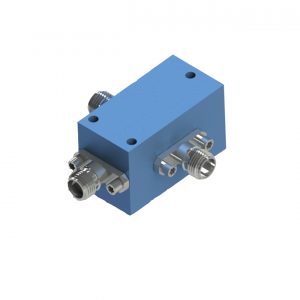 Practical Applications of Bias Tee in Modern SDRs
Practical Applications of Bias Tee in Modern SDRs